As a Ni-Cd Battery Pack Manufacturer, share with you.
If this is not your first stop in NiCd information tracking, I believe that the information you read, hear or find on the Internet will make you at a loss. In this tutorial, we will do our best to keep it simple, accurate and realistic. If you have any unresolved issues, please let us know and hope we can help you.
Ni-Cd Battery
"NiCd" is the chemical abbreviation for nickel-cadmium batteries, which is a type of secondary (rechargeable) battery. Nickel-cadmium batteries contain chemical substances nickel (Ni) and cadmium (Cd) in various forms and compositions. Generally, the positive electrode is made of nickel hydroxide (Ni(OH)2), the negative electrode is made of cadmium hydroxide (Cd(OH)2), and the electrolyte itself is potassium hydroxide (KOH).
NiCad batteries differ from typical alkaline or lead-acid batteries in several key aspects. One of the main key differences is the battery voltage. The battery voltage of a typical alkaline or lead-acid battery is about 2V and then steadily drops when the battery is exhausted. The unique feature of Ni-Cad Batteries is that they will maintain a stable voltage of 1.2v per cell until they are almost completely depleted. This will give the NiCad battery the ability to provide full power output before the end of its discharge cycle.
One of the most practical applications of NiCad batteries is cordless power tools. Electric tools require a large amount of power transmission during the entire use process, and cannot operate like typical batteries under reduced voltage. With the help of NiCad technology, power tools can not only run within the first few minutes, but also can run at full capacity throughout the use time. Using lithium-ion, alkaline or even lead-acid batteries, power tools will perform well from the start, and the power will continue to drop until the power tool is almost unable to work. On the other hand, NiCads will keep the power tool fully charged until the end of the charge.
Another unique feature of NiCad battery is its charging method. Unlike lead-acid batteries, the current and voltage of lead-acid batteries will change greatly during charging. NiCad batteries require a stable current and have very little voltage change. The charging rate of NiCad is exactly between 1.2 V and 1.45 V per battery. When charging NiCad batteries, a charge rate of c/10 (10% of capacity) is usually used, except for speed chargers, which charge at c/1 (100% capacity) or c/2 (50% capacity). NiCad can receive a higher charging rate of up to 115% of its total capacity, while the lifetime is minimized, which makes NiCad batteries an ideal battery for power tools. If you find that the battery becomes hot while charging, please cool it down and then complete the charging. When charging, the chemical reaction in the nickel-cadmium battery absorbs heat instead of generating heat, so it can absorb higher power when charging, thus speeding up the charging time.
Our company also has Ni-Cd Battery on sale, welcome to contact us.

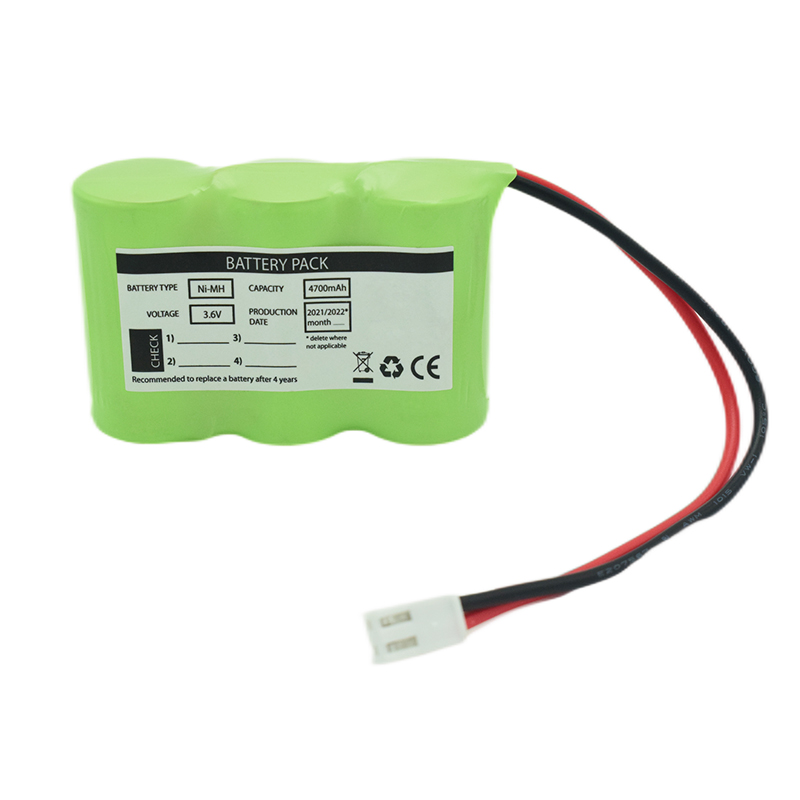 Ni-MH Battery C4700mAh 3.6V
Ni-MH Battery C4700mAh 3.6V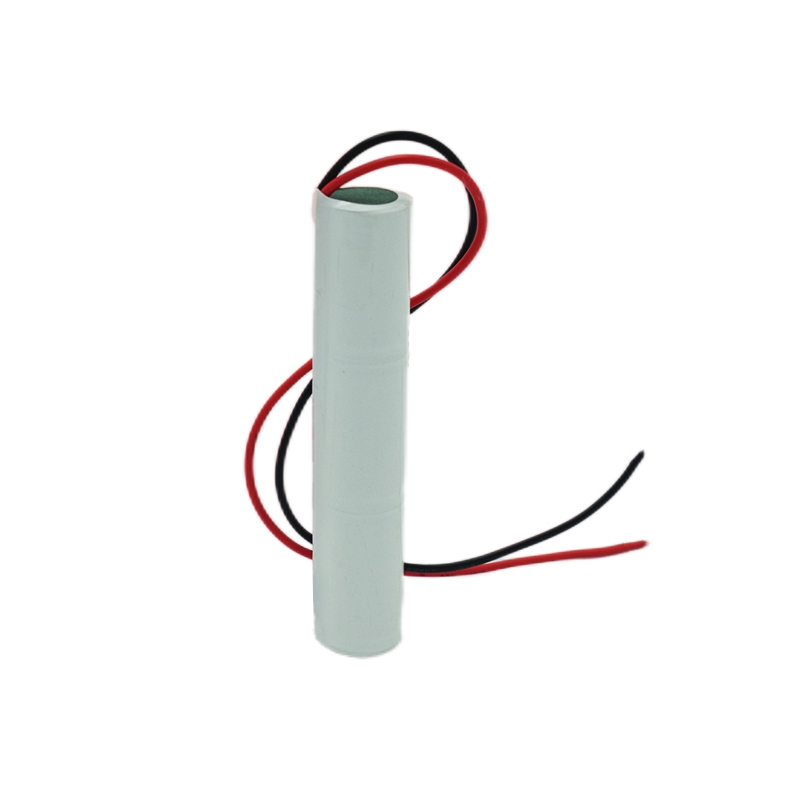 Nickel Cadmium Nicd Battery Pack SC1800mAh 3.6V
Nickel Cadmium Nicd Battery Pack SC1800mAh 3.6V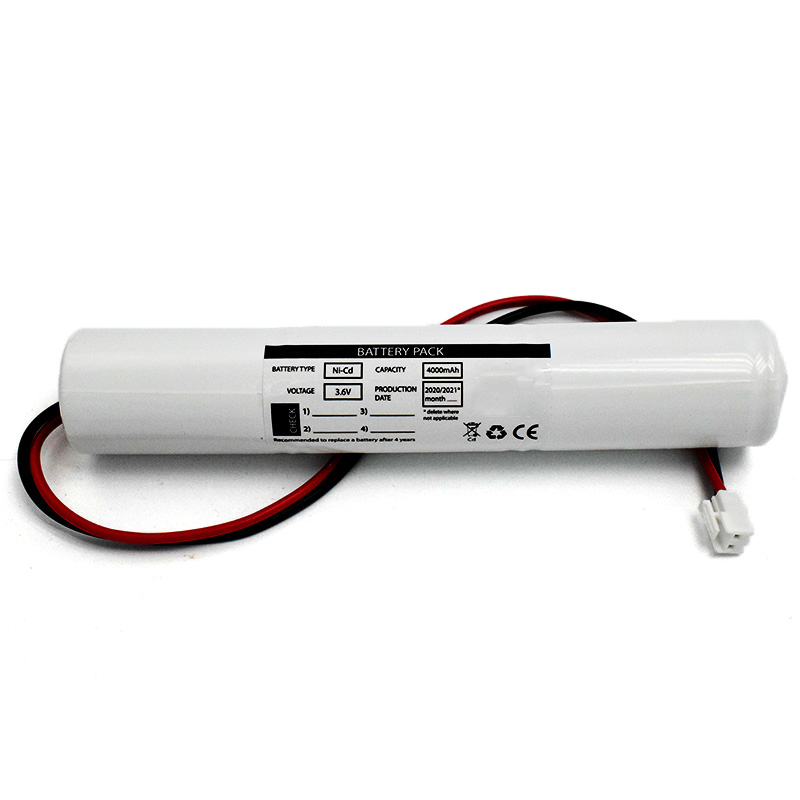 Ni-Cd Battery Pack D4000mAh 3.6V
Ni-Cd Battery Pack D4000mAh 3.6V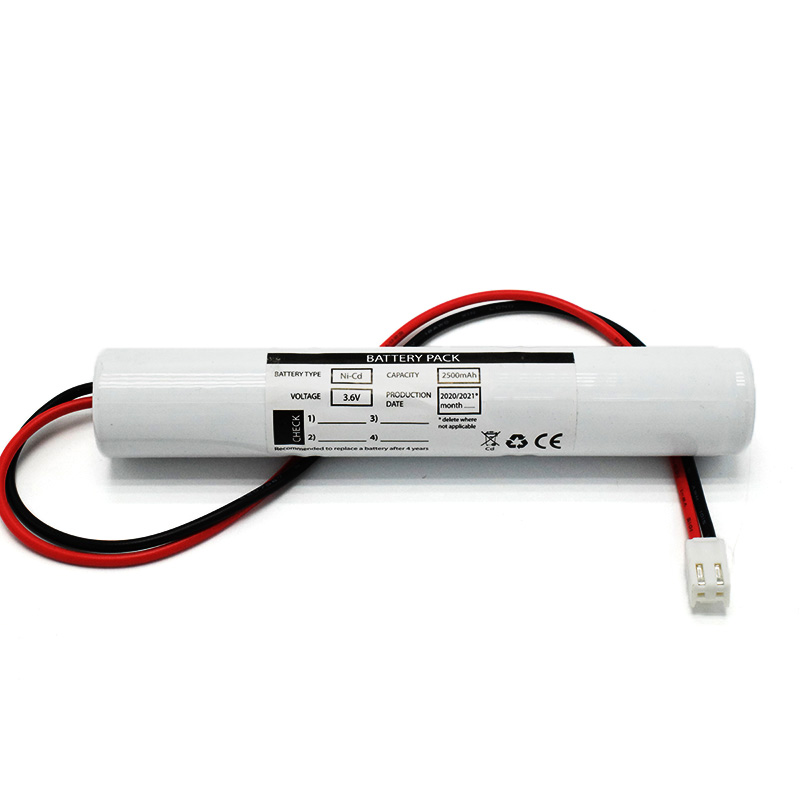 Ni-Cd Battery Pack C2500mAh 3.6V
Ni-Cd Battery Pack C2500mAh 3.6V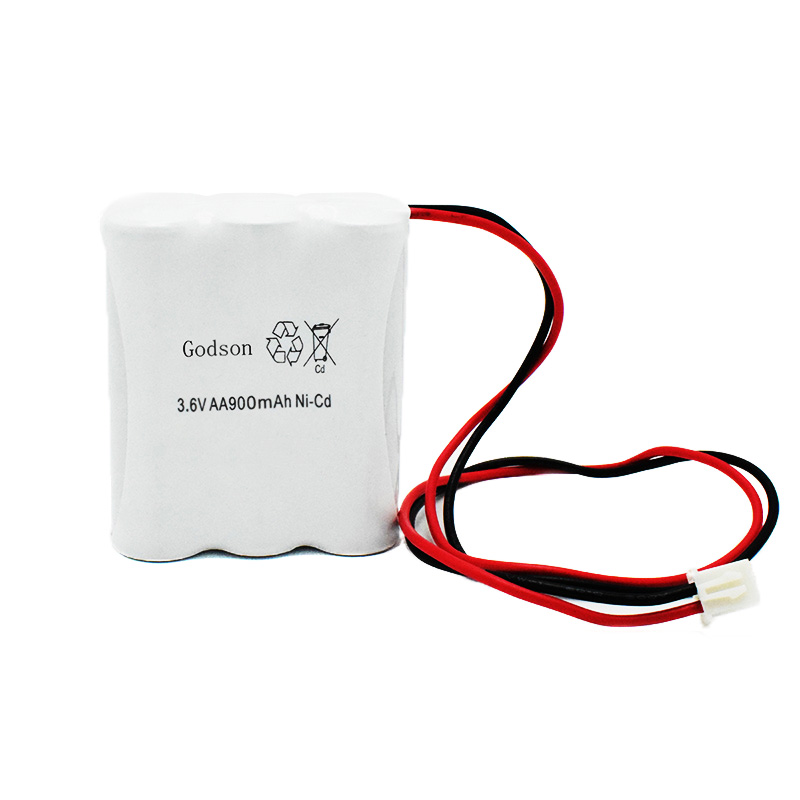 NICAD Battery Pack AA900mAh 3.6V
NICAD Battery Pack AA900mAh 3.6V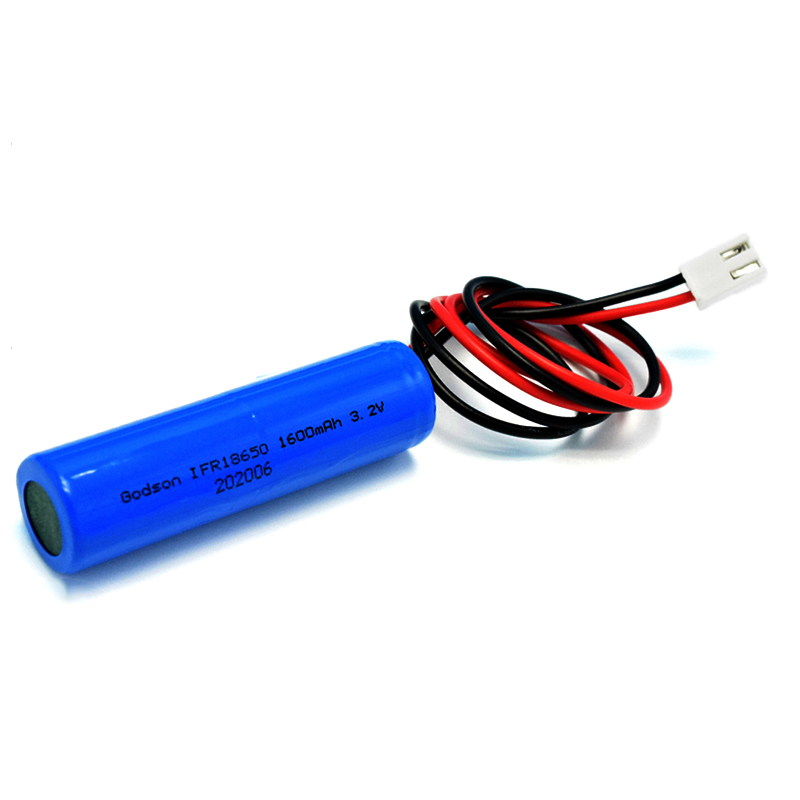 LiFePO4 IFR18650 1600mAh 3.2V
LiFePO4 IFR18650 1600mAh 3.2V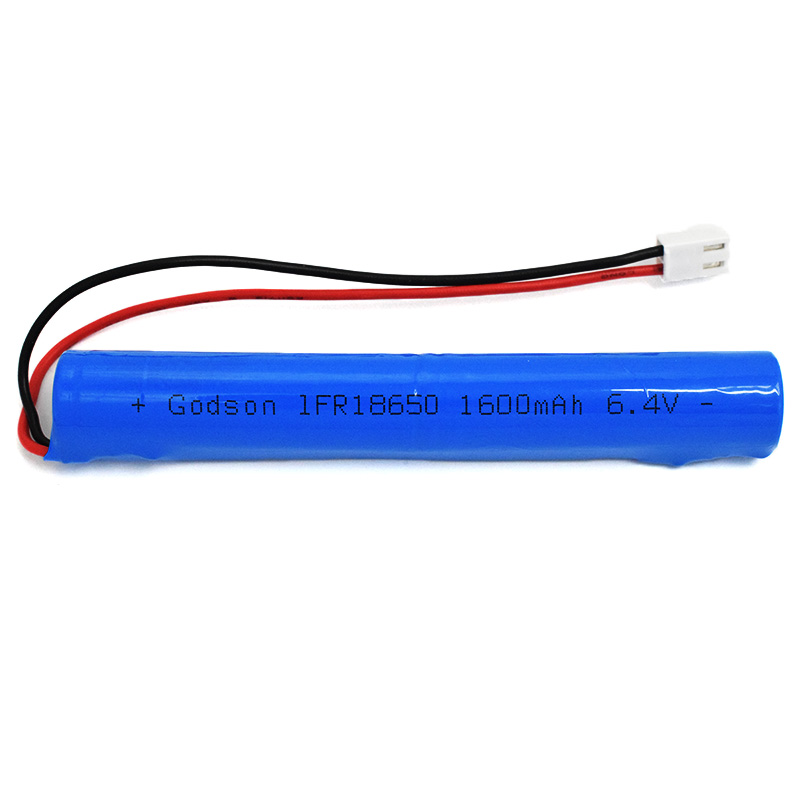 LiFePO4 IFR18650 1600mAh 6.4V
LiFePO4 IFR18650 1600mAh 6.4V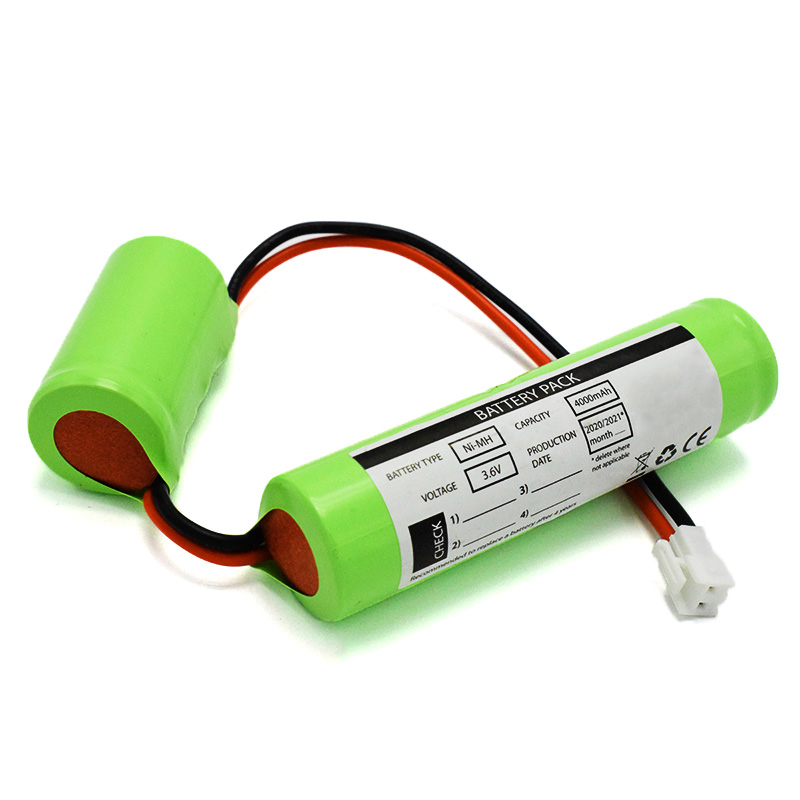 Ni-MH Battery C4000mAh 3.6V
Ni-MH Battery C4000mAh 3.6V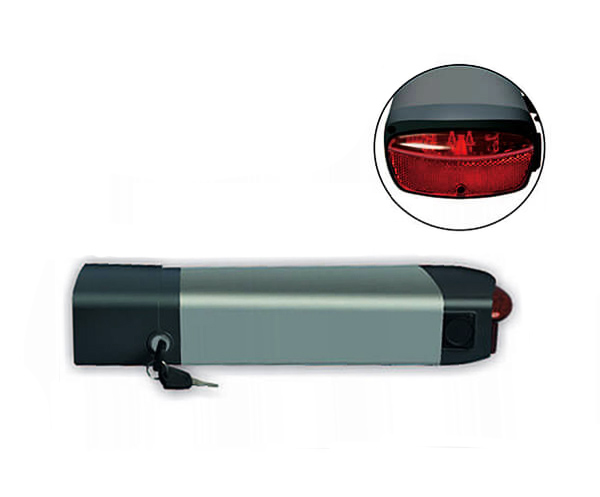 E-bike Battery 48V 10Ah JL-1
E-bike Battery 48V 10Ah JL-1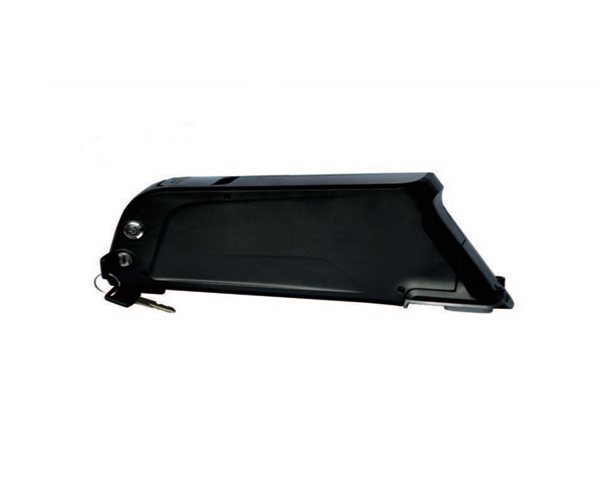 E-bike battery 48V 10Ah Qing Tian
E-bike battery 48V 10Ah Qing Tian